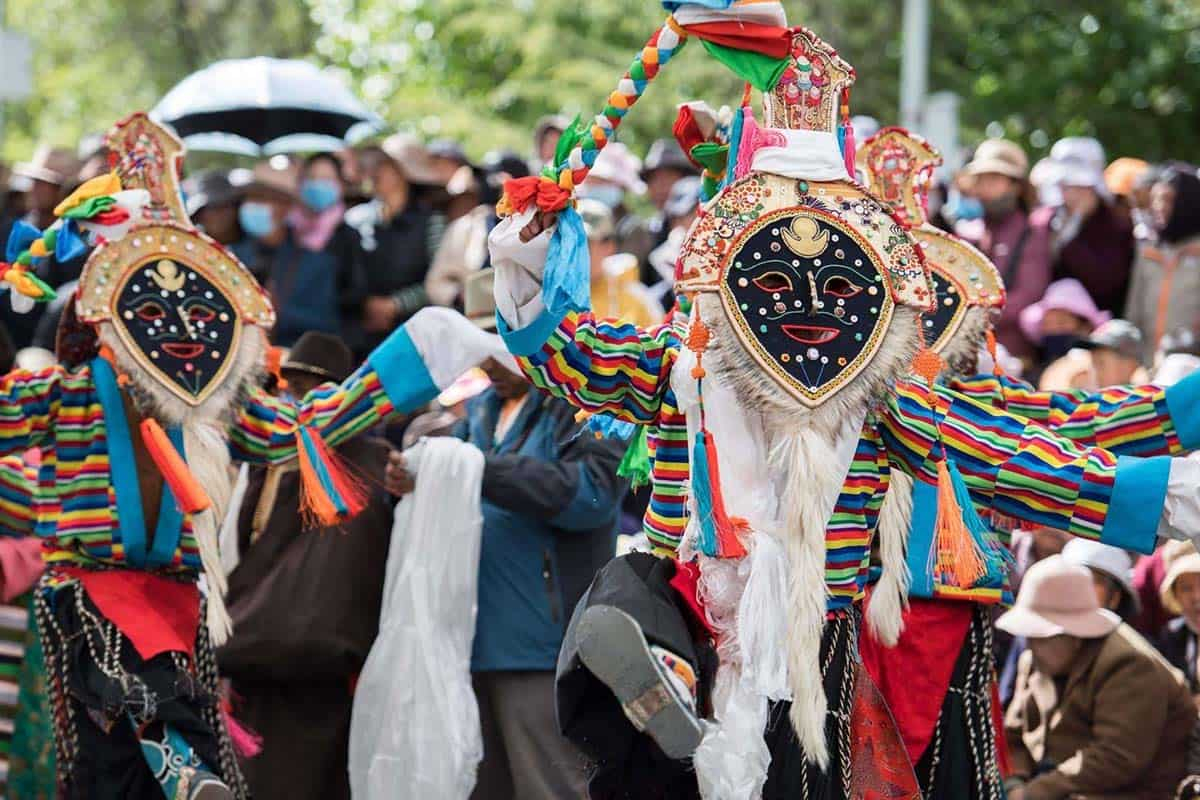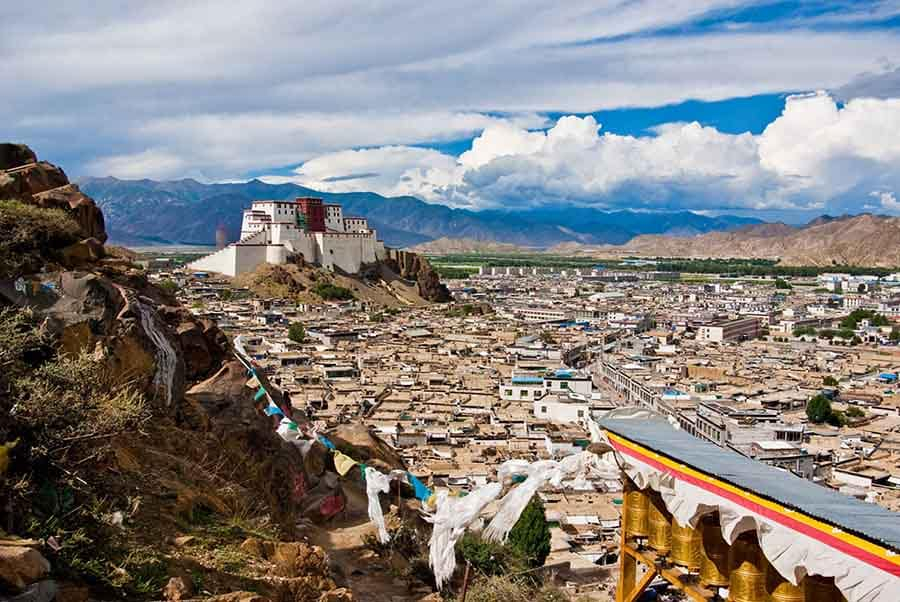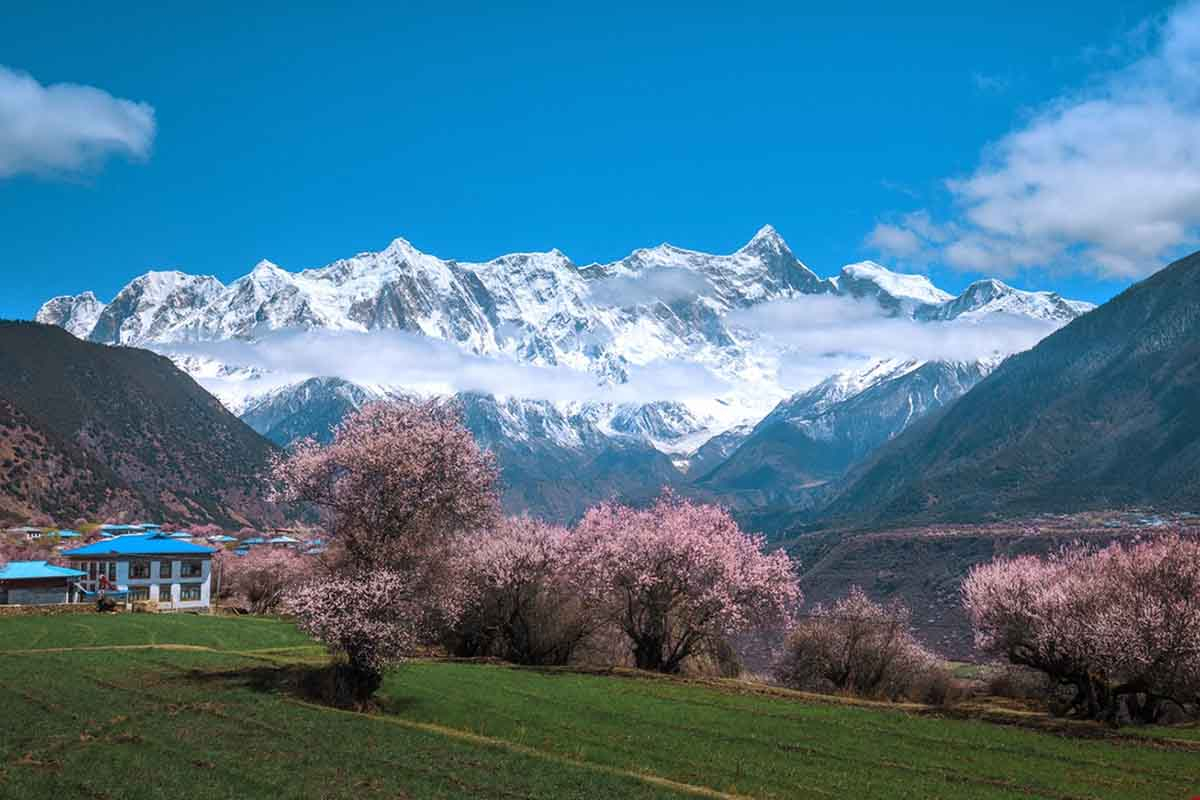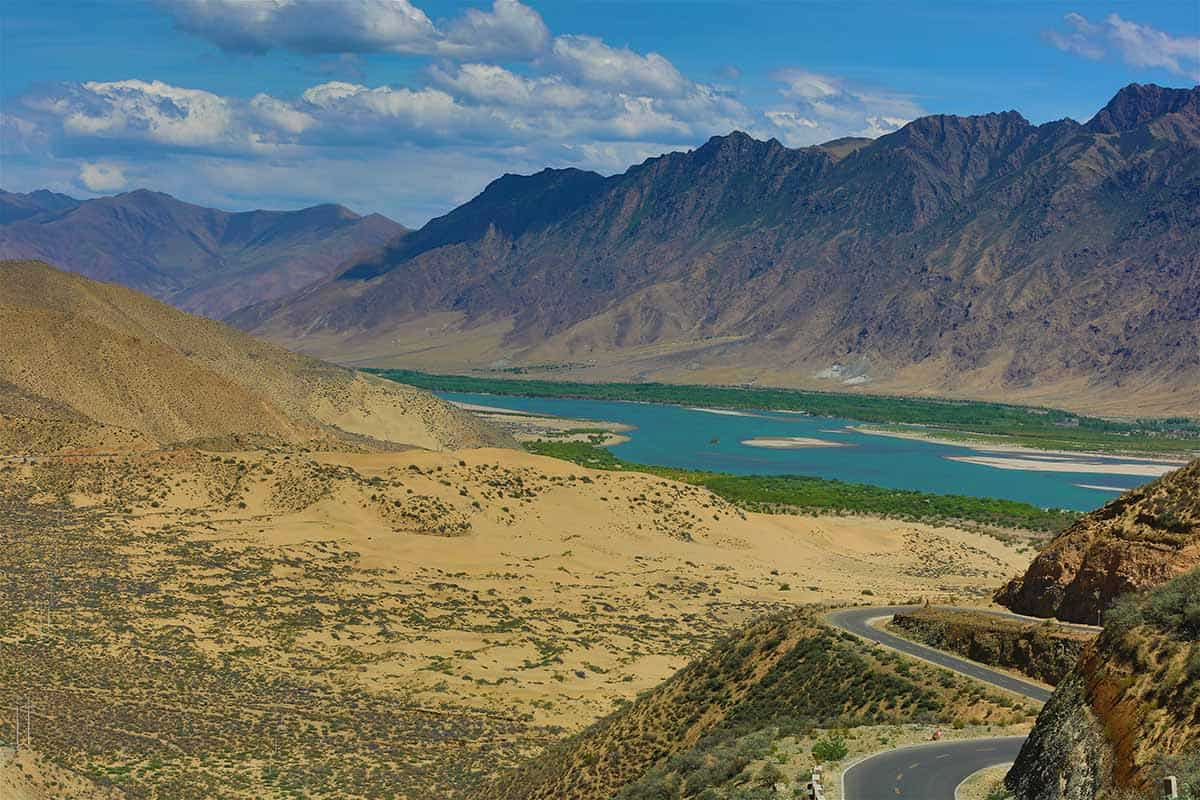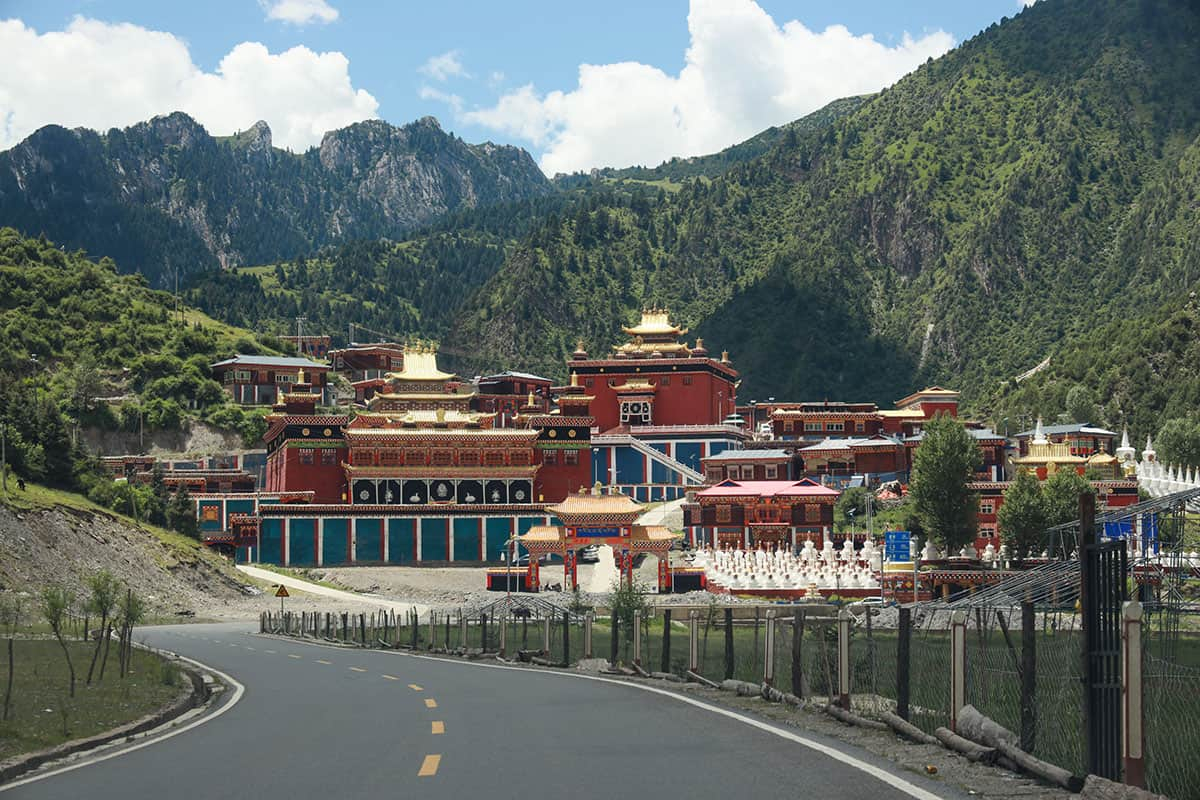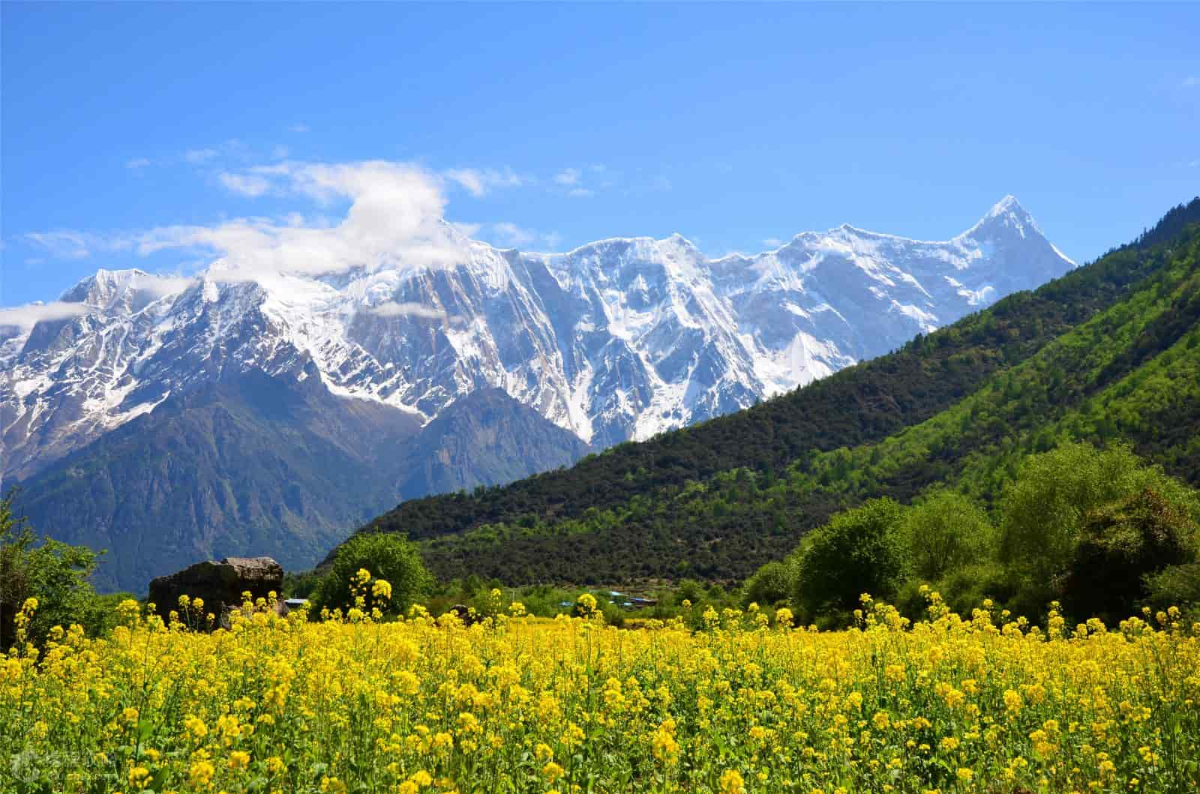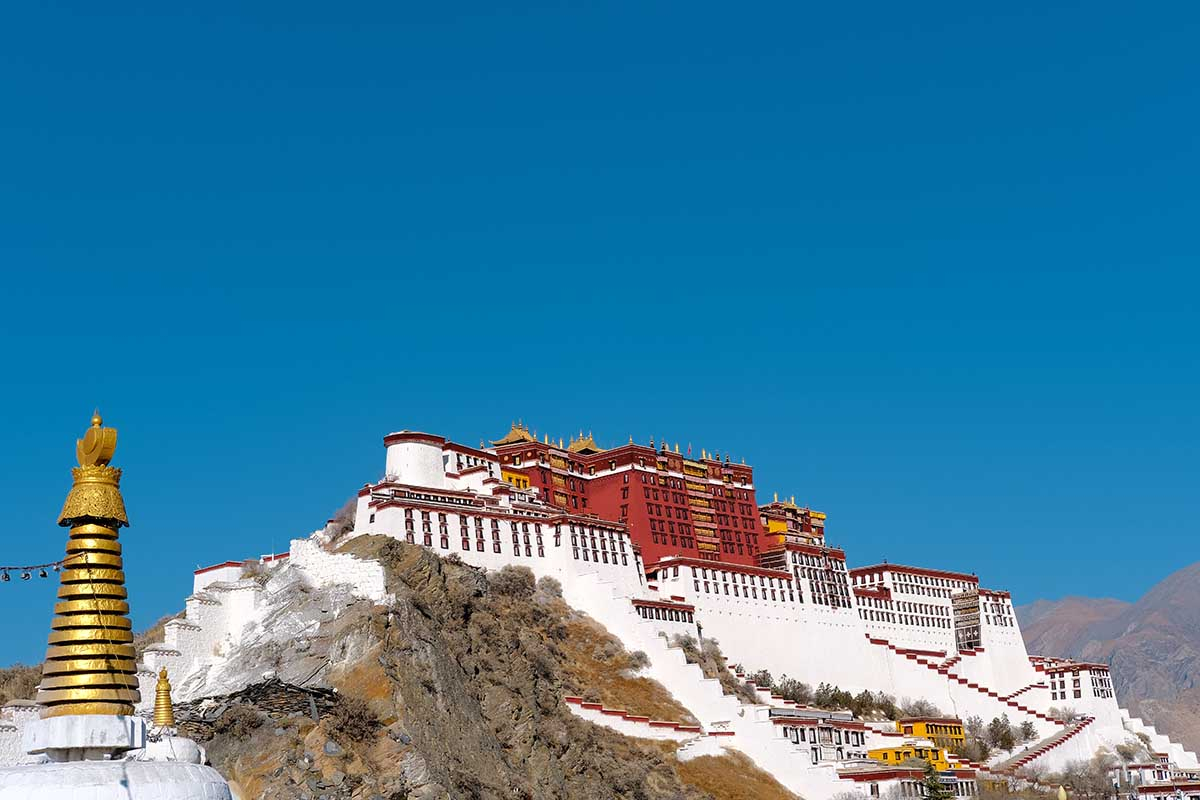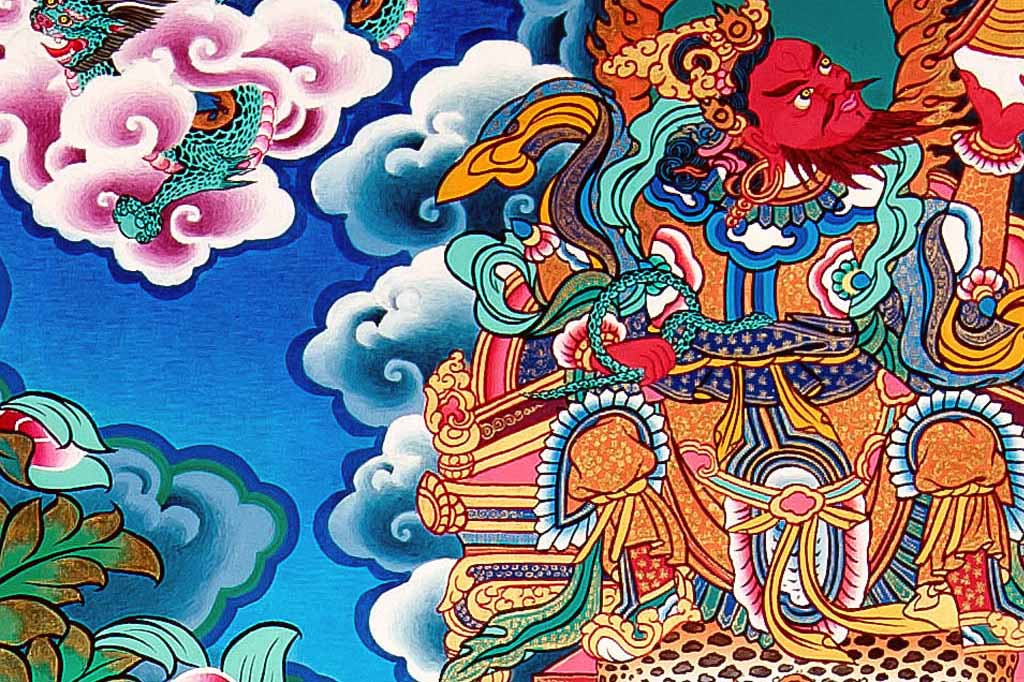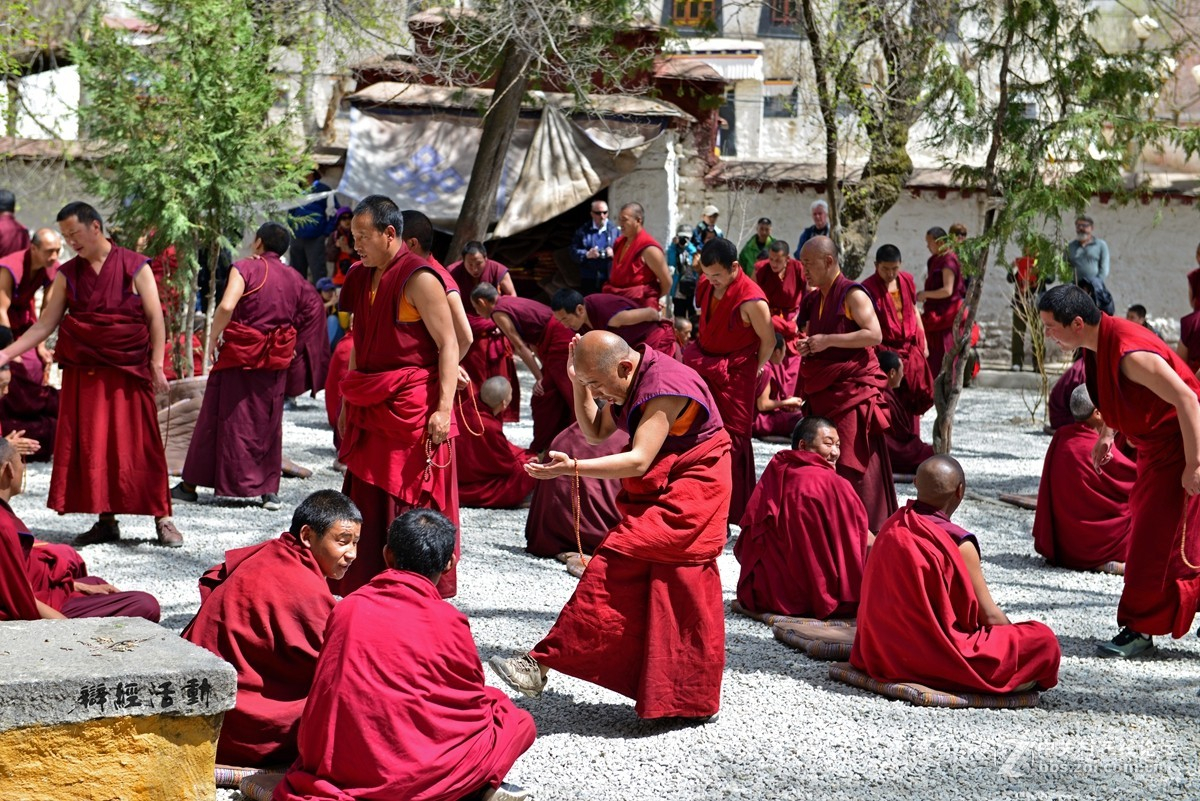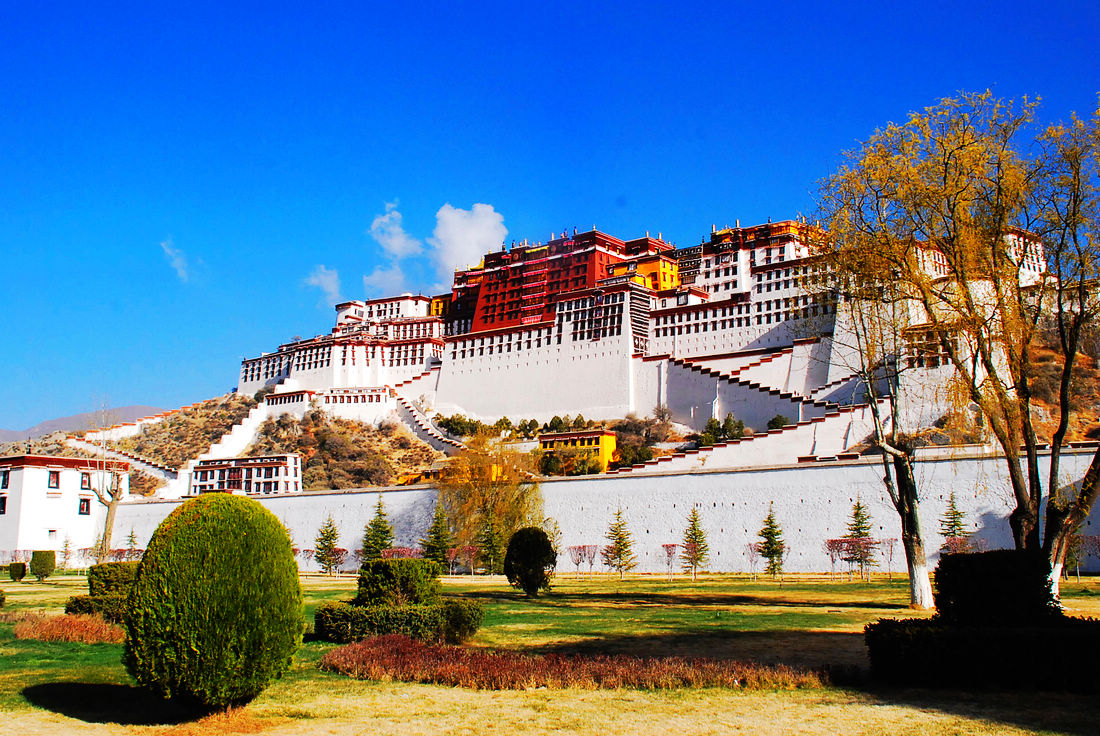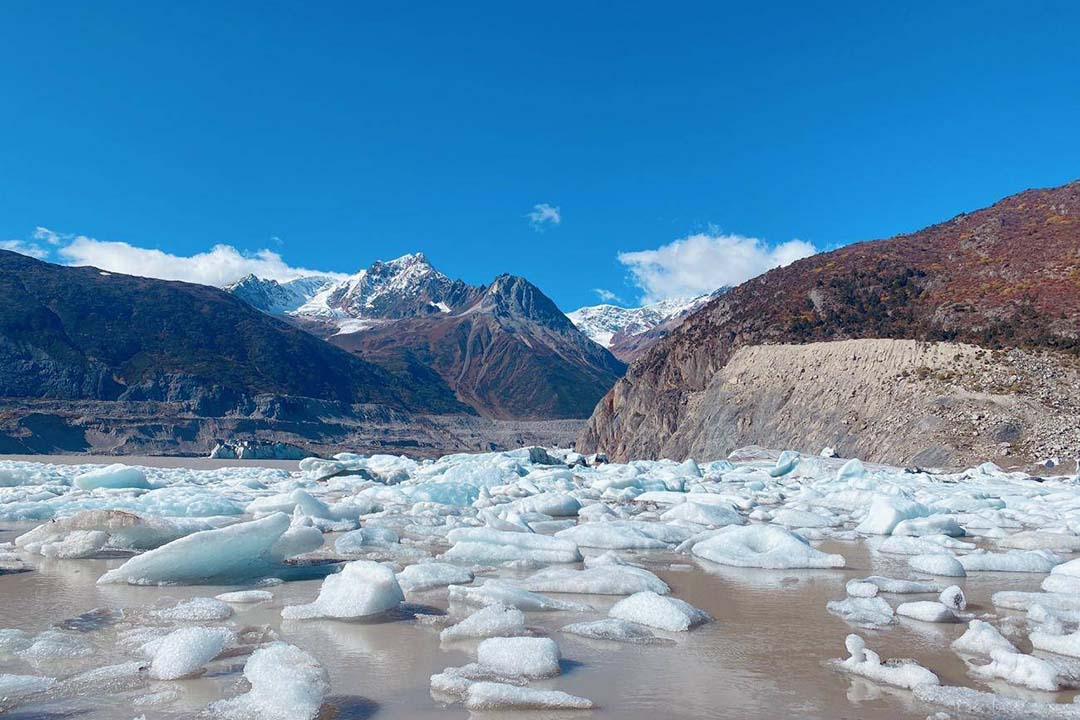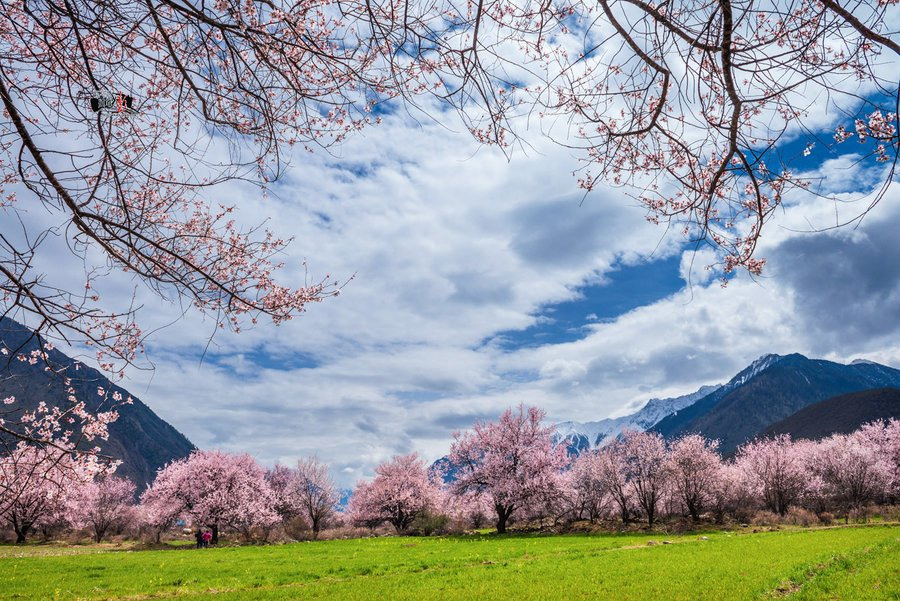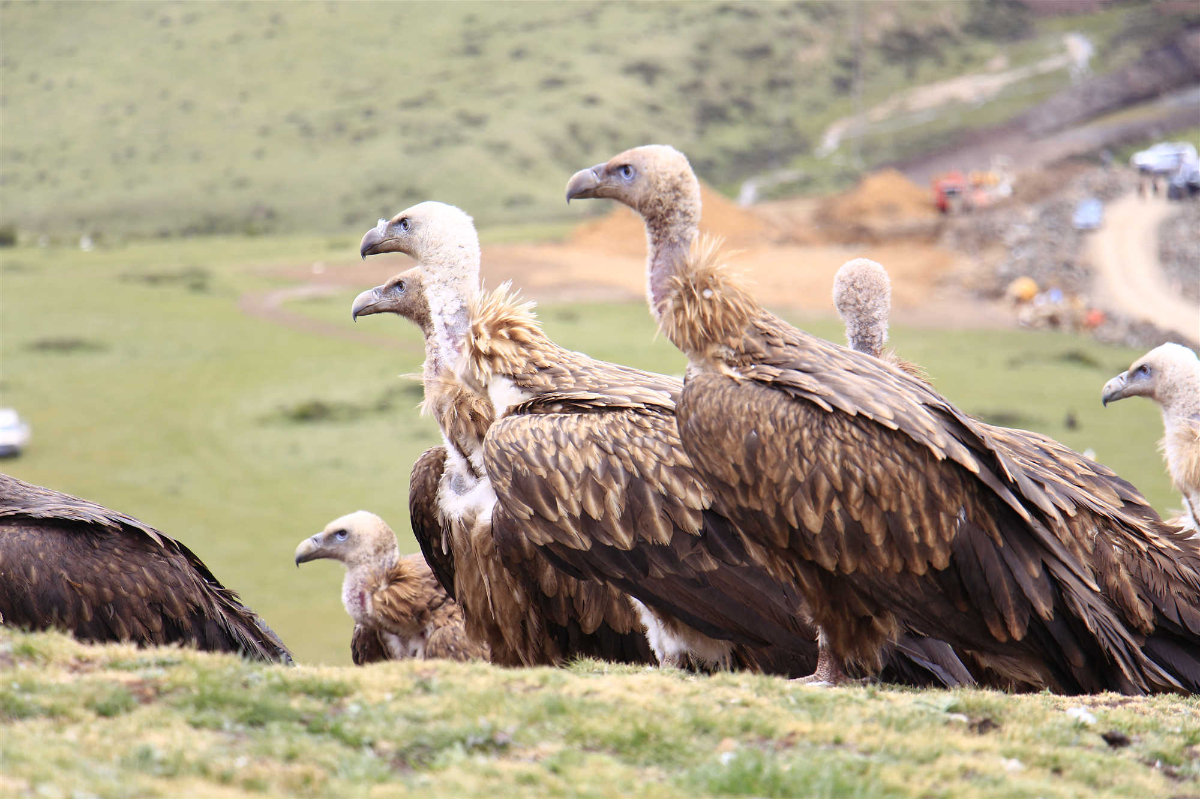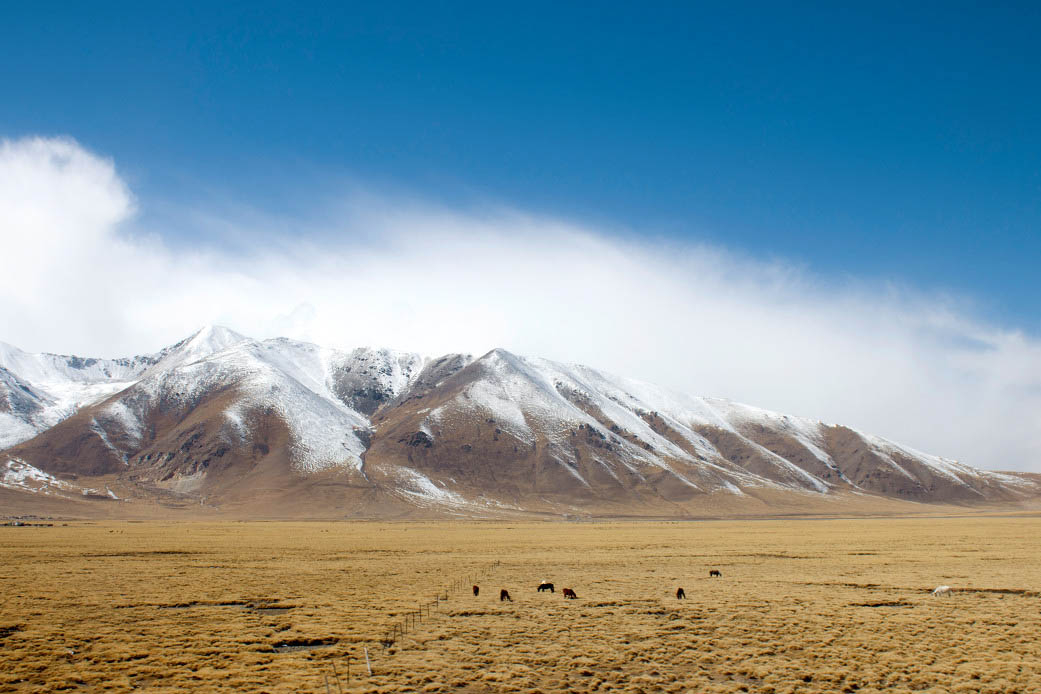Shannan Travel Guide
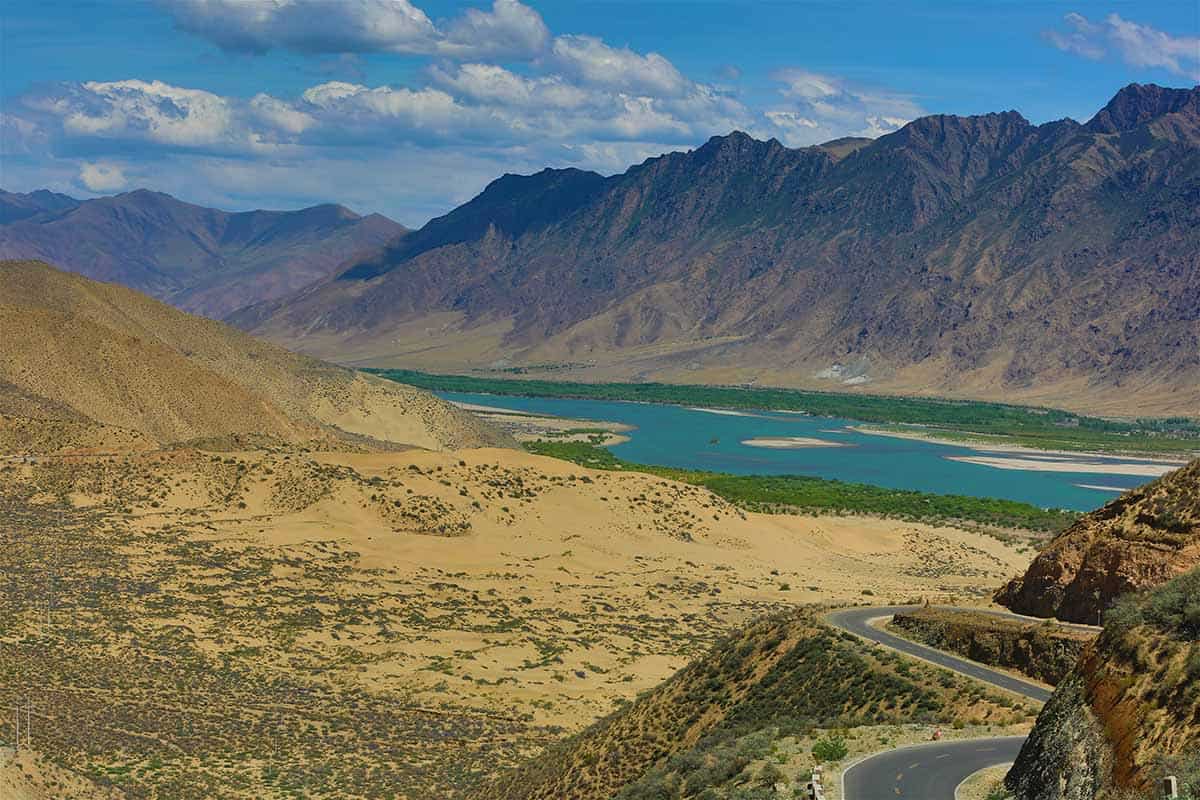
Shannan, also named Lhoka in Tibetan, is a long-standing prefecture-city located in southeast Tibet. As the western border area of China and owning a boundary line of over 600km, Shannan holds the very important strategic position. Adjacent to Lhasa and with Lhasa Gonggar Airport in its geographic scope, Shannan is developed to a popular tourist’s destination featuring in both natural landscape and cultural relics.
The region lies in the south of the Kangdese Mountains and Mt. Nyainqentanglha on the middle and lower reaches of the Yarlung Zangbo River. Its southern area is higher than the north and the west is higher than the east. There are lofty mountains standing and lakes and rivers crisscrossing in the south and west region of Shannan. The whole region is situated in the valley zone between the Kangdese Mountains and the Himalayas.
● The capital city of Shannan ~Tsetang Town
Tsetang Town - the capital city of Shannan Prefecture Shannan is the birthplace of Tibetan civilization, Its uniqueness is because the first farmland, the first palace and the first Buddhist monastery of Tibet are all located in the prefecture. It also has the distinction of holding the first Tibetan opera.It's ever become the ruling center twice in the history of Tibet. The famous Tubo Regime (a historical period of Tibet) was derived from Lhokha's agricultural civilization.
About forty or fifty thousand years ago, the first ancestors of the Tibetan people moved there. In the early years of the 2nd century, the first Tsenpo Nyatri Tsenpo, the chief of early Yarlung tribe, established the hereditary succession system of Tsenpo. In the 6th century, Yarlung basin entered slave society and Yarlung tribe gradually became the strongest tribe in Tibet. In the middle of 7th century, Songtsen Gampo sent an army from Yarlung valley, united Qinghai-Tibetan Plateau, established Tubo regime and relocated the capital city in Lhasa. Shannan which is the original place of Tubo regime, remains a special status. In the mid-8th century, Trisong Detsen built Samye Monastery and tonsured the first Tibetans to become monks. They learned and translated Buddhist scriptures in Samye Monastery and became the first monks in Tibetan history.
● Top things to do in Shannan
Shannan is home to the 5th and 6th Dalai Lama. The numerous ancient cultural relics here endows this region with unique tourism resources. Here you can find the numerous ancient temples and spectacular natural landscapes, ranging from the earliest palaces to the largest tombs of the Tibetan kings, from the rolling snow-mountains to the stunning holy lakes, etc.
● Yumbu Lhakhang Palace is located 5 kilometers southeast of Nedong County, there is a building similar in shape to a blockhouse standing on top of a hill. That is the Yumbu Lhakhang Palace, the oldest palace on that high land built over two thousand years ago for the first Tsampo (king) of the Tubo tribe, although through extension, the palace gradually became a Buddhist monastery.
● Lake Yamdrok, also known as Yamdrok Yumtso or Yamzho Yumco, is one of the three sacred lakes of Tibet, along with Lake Namtso and Lake Manasarovar. Yamdrok Lake has a unique coral shape with numerous streams feeding it from nearby mountains, and its gorgeous color hues from the reflection of sunlight.
● Along the Yarlung Zangbo River from Tsedang Town of Nedong County to Dranang County, the Samye Monastery is situated on the north bank of the river. Visitors can take powerboat or sheepskin draft to cross the river. The monastery was first built in 762 combining buildings of Tibetan, Han and ancient Indian styles. In addition, it is the first temple complete with all the three treasures of Buddhism: hierarchy, doctrine and monk, regarded as the headstream of Tibetan Buddhism.
● Founded by Rigzin Terdak Lingpa in 1676, Mindrolling Monastery is one of the six major monasteries of Nyingma School in Tibet. In Tibetan language, Mindrolling means ‘Palace of Perfect Emancipation’. It is located in Zhanang County, Shannan Prefecture, Tibet Autonomous Region. For nearly 300 years, the Mindrolling is used as the Monostic University that trained Nyingma scholars and yogis over Tibet.
● Lhamo La-tso, 50 km from Jiazha County of Tsedang, is the most legendary lake in Tibet, means a fairy lake or goddess lake. The lake lever is 5000 meters high, one of the fresh water alpine lakes in Tibet. The lake shapes like an ellipse with an area of one square kilometer, and looks like a mirror surrounded by mountains. Lhamo La-tso plays a very important role in reincarnation system of Tibetan Buddhism, being highly respected by Buddhists.
● Local festivals in Shannan
Many festivals are held in the Shannan Prefecture in its counties, cities, monasteries and villages to celebrate the harvest season, the New Year or Losar and natural elements such as birds. A colourful and widely celebrated festival is the Ongkor (Bumper Harvest) Festival which is observed in June according to the Tibetan calendar, in the riverine areas to mark good harvests of the season. The Gongburi Mountain in the east side of Tsedang is one of the "sacred mountains" in Tibet. Every year around 15th of April according to Tibetan calendar, large amounts of believers come and walk around the mountain.
● Shannan Climate
Shannan enjoys a temperate and dry climate, with average annual rainfall of less than 450 millimeters. The rainy season is concentrated between June and September. Annual sunshine is between 2,600 and 3,300 hours. Average annual temperature is between 6.0 and 8.8 degrees Celsius, with the record high at 31 degrees and a low at 37 degrees below zero. Average annunal wind speed is about 3 meters/second, with the fastest speed at 17 meters/second. The windy season is concentrated between December and March.
- HOTEST
- RECOMMEND
